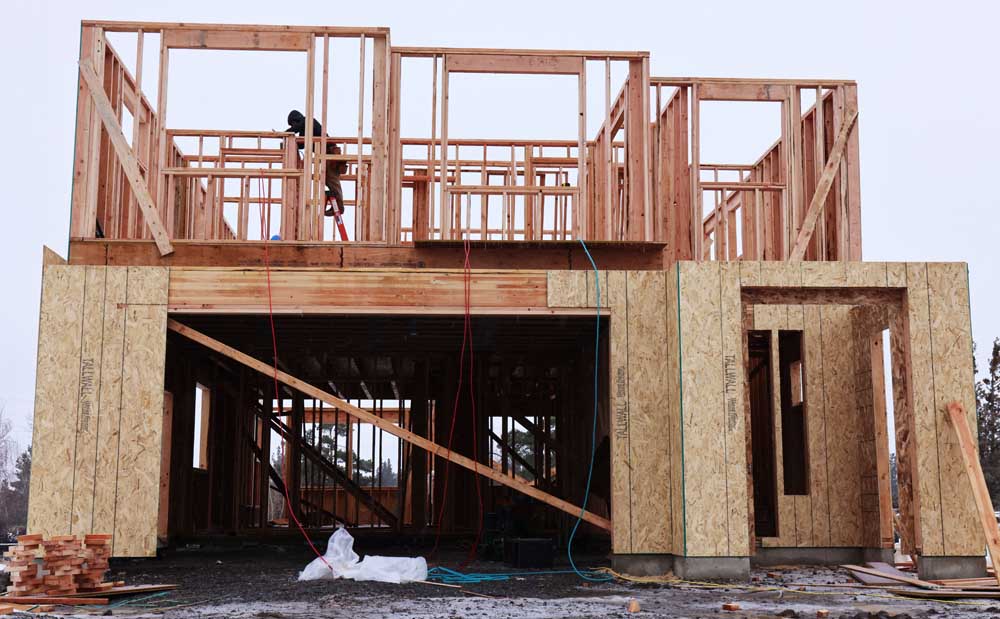Oregon construction jobs hit record high and are poised to keep growing
Published 8:50 am Monday, January 29, 2024

- Construction of new homes are underway in the Petrosa Development in Bend.
Oregon has more construction workers than any time in the state’s history, and the industry is positioned to add considerably more jobs in the years ahead — provided builders can find the workers they need.
The state’s construction industry employed more than 123,000 people at the end of 2023, according to the latest seasonally adjusted data from the Oregon Employment Department. That’s a nearly 5% jump from a year earlier.
“That growth was concentrated in residential building construction,” said Anna Johnson, an economist with the Oregon Employment Department. Industrial and commercial construction has been essentially flat.
That’s likely to change in the months ahead. Amazon is building huge new data centers near Boardman, and Intel is preparing to start work on a “multibillion-dollar” expansion to its Hillsboro manufacturing campus. Other chipmakers are preparing to grow, too, buoyed by $240 million in state subsidies and the prospect of millions more in federal aid.
The state Office of Economic Analysis expects 4,000 new construction jobs in the coming year, more than any other major Oregon industry.
There’s reason to think that growth may extend for some time to come. As inflation comes down, interest rates may, too, spurring new investment in homes and commercial buildings.
And Gov. Tina Kotek wants the Legislature to allocate $500 million to build more housing, part of her goal to nearly double the pace of Oregon homebuilding to 36,000 new homes a year. The state is trying to build its way out of a chronic housing shortage.
To do that, Oregon will need tens of thousands more construction workers. Individual projects like data centers and semiconductor factories often import workers from other states to work for months at a time. Sustained housing construction will need workers who live in Oregon.
The construction industry had 6,400 vacancies last fall, according to Johnson, trailing only health care among industries with the biggest worker shortages. With net migration into Oregon at a standstill, and many older workers headed for retirement, the construction industry could find itself scrambling to find workers to meet demand.
There are hopeful signs in federal apprenticeship data, though. Apprenticeships are often pathways into the construction industry, where people learn the skills for building, wiring and plumbing.
According to Johnson, construction apprenticeships in Oregon grew 62% over the last decade — potentially bringing a new generation into the field at a moment when their work may be in especially high demand.
This is Oregon Insight, The Oregonian’s weekly look at the numbers behind the state’s economy. View past installments here.






